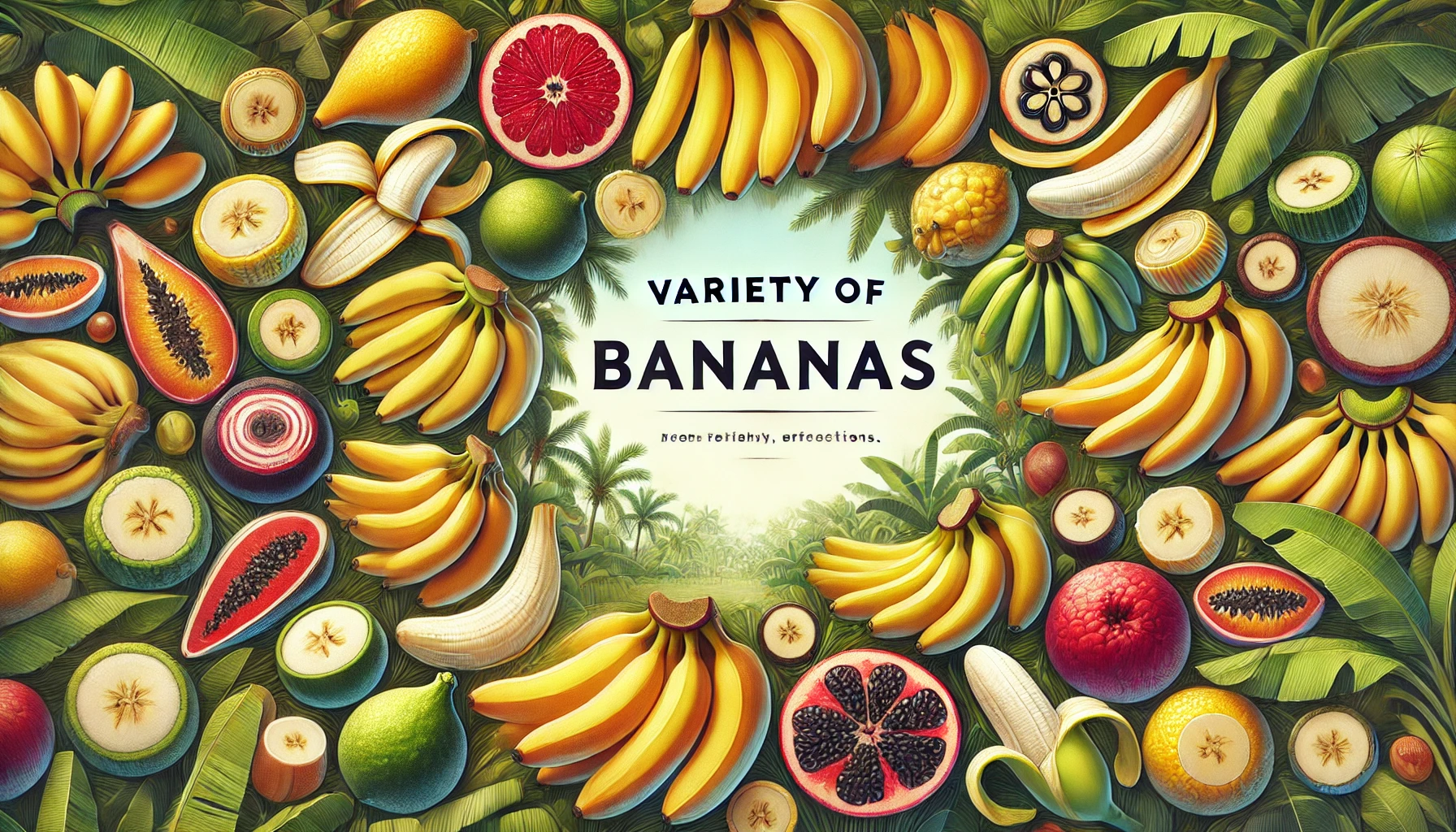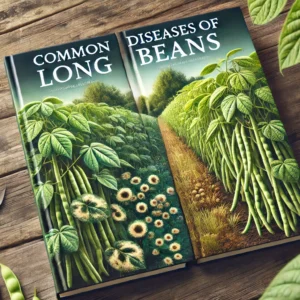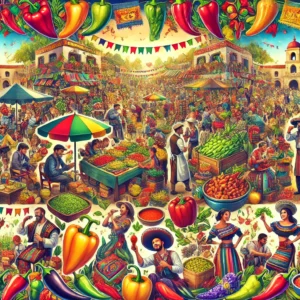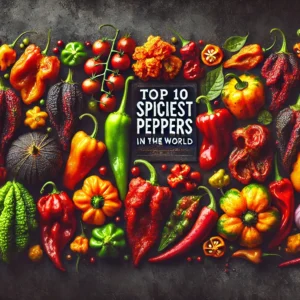Exploring the Diversity of Bananas: Types, Characteristics, and Considerations
Bananas are one of the most popular and widely consumed fruits worldwide, known for their sweet flavor, versatility, and nutritional value. While the iconic yellow Cavendish banana may be the most familiar variety, there exists a diverse array of banana types, each with its own unique characteristics, flavor profiles, and uses. In this article, we’ll delve into the different types of bananas, exploring their pros and cons to help you discover the perfect variety for your palate and preferences.
1. Cavendish Bananas
Characteristics:
- Recognizable yellow peel with firm, creamy flesh.
- Mildly sweet flavor with subtle hints of tropical notes.
- Widely cultivated and readily available in most markets.
Advantages:
- Versatile and suitable for fresh consumption, smoothies, baking, and cooking.
- Uniform size and shape make them easy to handle and pack.
- Extended shelf life compared to some other varieties when properly ripened.
Disadvantages:
- Susceptible to diseases such as Fusarium wilt (Panama disease) and Black Sigatoka.
- Limited flavor complexity compared to some heirloom varieties.
- Can become overly soft and mushy if overripe.
2. Plantain Bananas
Characteristics:
- Larger and firmer than dessert bananas, with thick green or yellow peel.
- Starchy texture when unripe, becoming sweet and soft when fully ripe.
- Commonly used in savory dishes and culinary applications.
Advantages:
- Versatile ingredient in both sweet and savory recipes, including frying, grilling, and boiling.
- Rich in complex carbohydrates and dietary fiber, making them a filling and nutritious option.
- Resilient and able to withstand cooking methods that would render dessert bananas mushy.
Disadvantages:
- Require cooking or further processing before consumption.
- Less sweet and aromatic compared to dessert bananas.
- Limited availability in some regions outside of tropical areas.
3. Red Bananas
Characteristics:
- Distinctive reddish-purple peel with creamy, pink-hued flesh.
- Sweet and tangy flavor profile with hints of berry undertones.
- Smaller in size compared to Cavendish bananas, with a thicker skin.
Advantages:
- Unique flavor profile adds variety to fruit salads, desserts, and smoothies.
- Rich in antioxidants like beta-carotene and vitamin C.
- Relatively rare and prized for their novelty and aesthetic appeal.
Disadvantages:
- Limited availability and higher price compared to common banana varieties.
- Fragile skin prone to bruising during handling and transportation.
- Shorter shelf life compared to Cavendish bananas due to softer texture.
4. Lady Finger (Baby) Bananas
Characteristics:
- Petite size with slender, finger-like appearance.
- Thin, delicate peel that is easy to peel and discard.
- Creamy texture and subtly sweet flavor reminiscent of vanilla.
Advantages:
- Ideal for snacking, lunchboxes, and portion-controlled servings.
- Versatile ingredient in desserts, smoothies, and baked goods.
- Longer shelf life and less prone to bruising compared to larger bananas.
Disadvantages:
- Smaller fruit size may not be as satisfying for some consumers.
- Limited availability in some regions outside of tropical areas.
- Less suitable for cooking applications due to smaller size and delicate texture.
5. Pisang Raja (Raja Banana)
Characteristics:
- Large and elongated fruit with thick, greenish-yellow peel.
- Sweet and creamy flesh with a hint of tanginess.
- Popular in Southeast Asia for its flavor and aroma.
Advantages:
- Rich and aromatic flavor, prized for its sweetness and complexity.
- Versatile ingredient in desserts, smoothies, and snacks.
- Resilient and able to withstand transportation without bruising easily.
Disadvantages:
- Limited availability outside of tropical regions.
- Sensitive to cold temperatures and prone to chilling injury.
- Larger size may lead to overripe fruit if not consumed promptly.
6. Blue Java (Ice Cream Banana)
Characteristics:
- Pale blue-green peel with silvery-white bloom.
- Creamy, ice cream-like texture and flavor when fully ripe.
- Hardy and cold-tolerant, suitable for subtropical climates.
Advantages:
- Unique flavor profile reminiscent of vanilla ice cream.
- Cold-hardy variety that can withstand cooler temperatures.
- Ornamental appeal with attractive blue-green foliage.
Disadvantages:
- Slow to mature and fruit compared to other banana varieties.
- Limited availability and cultivation outside of specific regions.
- Susceptible to root rot in poorly drained soils.
7. Gros Michel (Big Mike Banana)
Characteristics:
- Large and robust fruit with thick, yellow peel.
- Sweet and aromatic flavor profile with hints of tropical fruit.
- Once the dominant commercial banana variety before being largely replaced by Cavendish.
Advantages:
- Rich and intense flavor prized by banana enthusiasts.
- Suitable for fresh consumption, baking, and cooking applications.
- Resistant to Panama disease (Fusarium wilt) race 1, unlike Cavendish.
Disadvantages:
- Extremely susceptible to Panama disease race 2, leading to its decline in commercial cultivation.
- Limited availability and challenging to find outside of specialty markets.
- Shorter shelf life compared to Cavendish bananas.
8. Manzano (Apple Banana)
Characteristics:
- Short and stout fruit with thick, green peel that turns yellow when ripe.
- Creamy texture and sweet, tangy flavor reminiscent of apples.
- Commonly found in Latin American cuisine for its unique taste and versatility.
Advantages:
- Distinctive flavor profile with a hint of tartness, ideal for snacking or adding to fruit salads.
- Firmer texture compared to other dessert bananas, making it suitable for cooking and grilling.
- High in fiber and potassium, offering nutritional benefits similar to other banana varieties.
Disadvantages:
- Limited availability outside of regions where it is grown, such as Central and South America.
- Prone to bruising during handling and transportation due to thicker peel.
- Shorter shelf life compared to Cavendish bananas when fully ripe.
9. Goldfinger Banana
Characteristics:
- Medium-sized fruit with bright yellow peel and minimal curvature.
- Firm and creamy texture with a mildly sweet flavor profile.
- Resistant to Panama disease (Fusarium wilt) and other common banana diseases.
Advantages:
- High resistance to diseases and pests, making it a low-maintenance option for home gardeners.
- Consistent fruit quality and appearance, suitable for both fresh consumption and cooking.
- Long shelf life compared to some other banana varieties when properly harvested and stored.
Disadvantages:
- Limited availability in mainstream markets, primarily grown in niche markets and specialty farms.
- Less distinctive flavor compared to some heirloom and specialty banana varieties.
- Higher price point compared to more common banana varieties due to limited supply.
10. Burro Banana
Characteristics:
- Short and chubby fruit with thick, bright yellow peel.
- Dense, creamy texture and tangy, lemon-like flavor.
- Commonly used in Latin American and Caribbean cuisines for cooking and frying.
Advantages:
- Firm texture holds up well to cooking methods like frying, boiling, and baking.
- Tangy flavor adds a unique twist to savory dishes, desserts, and beverages.
- Rich in vitamins and minerals, including vitamin C, potassium, and fiber.
Disadvantages:
- Limited availability outside of regions where it is grown, such as Central and South America.
- Require cooking or further processing before consumption, unlike dessert bananas.
- Shorter shelf life compared to dessert bananas due to thicker peel and denser texture.
Conclusion
The world of bananas is truly vast and diverse, offering a wide range of flavors, textures, and culinary possibilities. Whether you’re drawn to the classic sweetness of Cavendish bananas, the tangy tartness of Manzano bananas, or the creamy richness of Goldfinger bananas, there’s a banana variety to suit every taste and occasion. So why not embark on a banana-tasting adventure and discover the endless delights of this beloved fruit?



